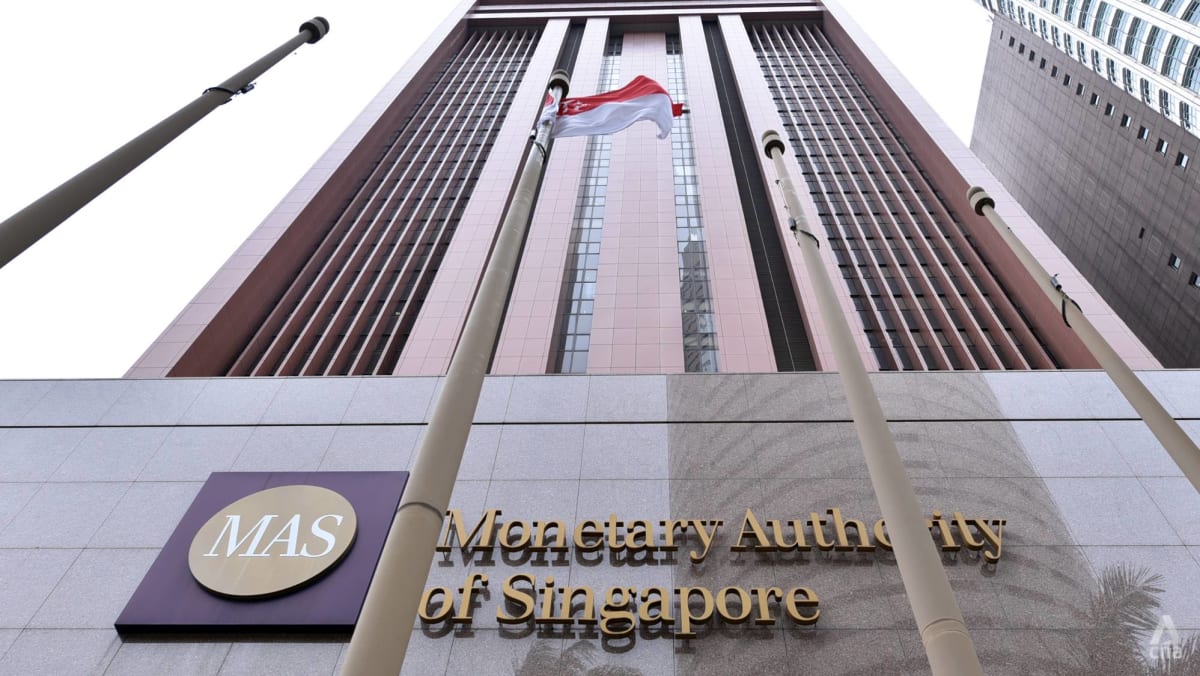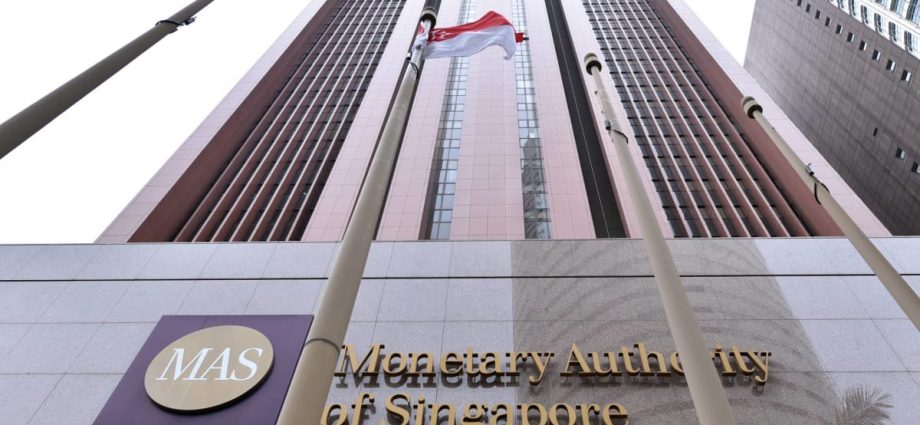
SINGAPORE: In the event that a Singapore financial institution (FI) is liquidated, its equity holders will absorb losses before the holders of additional tier 1 (AT1) and tier 2 instruments, the Monetary Authority of Singapore (MAS) said on Wednesday (Mar 22).
Under the takeover deal of Swiss lender Credit Suisse by UBS, holders of the bank’s AT1 bonds will get nothing, while shareholders, who usually rank below bondholders in compensation terms, will receive US$3.23 billion.
The revelation was a rude shock for the holders of Credit Suisse’s riskiest tranche of bonds, as it bucked a long-established practice of giving bondholders priority over shareholders in debt recovery.
The deal wiped out the investments of bondholders, which were worth about 16 billion Swiss francs (US$17 billion).
There have also been reports of bondholders considering possible legal action.
Singapore’s central bank said that it intends to abide by the hierarchy of claims in liquidation.
“Creditors who receive less in a resolution compared to what they would have received had the FI been liquidated would be able to claim the difference from a resolution fund that would be funded by the financial industry,” said MAS.
“The creditor compensation framework will also apply in the exceptional situation where MAS departs from the creditor hierarchy in order to contain the potential systemic impact of the FI’s failure or to maximise the value of the FI for the benefit of all creditors as a whole.”
European regulators, including the Bank of England and the European Central Bank, have also said that AT1 bonds should be paid out before equity instruments.
UBS announced on Wednesday a buyback of 2.75 billion euros (US$2.96 billion) worth of debt in a bid to boost confidence among bondholders.
The bonds will be bought back at the price at which they were sold rather than at market prices, compensating investors after a sell-off this week.

